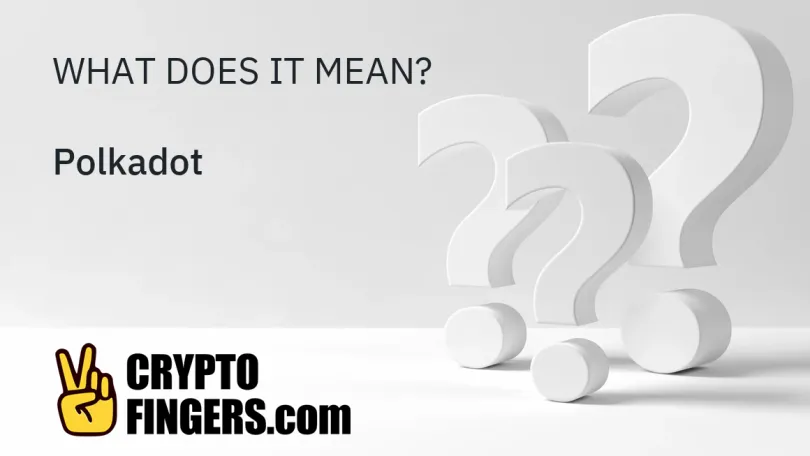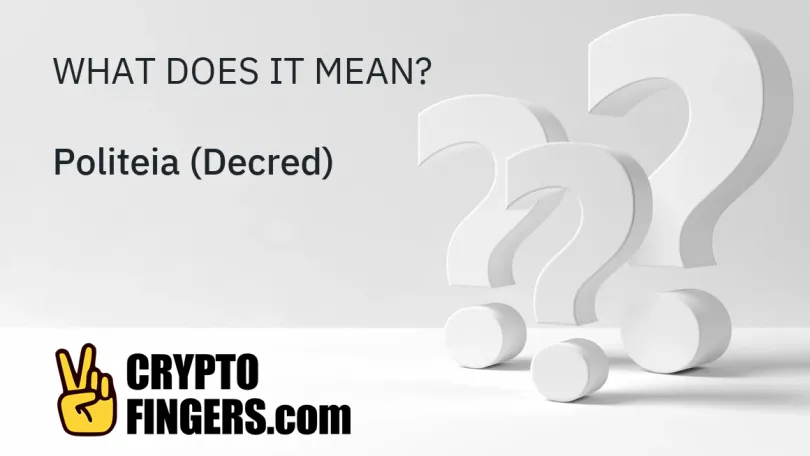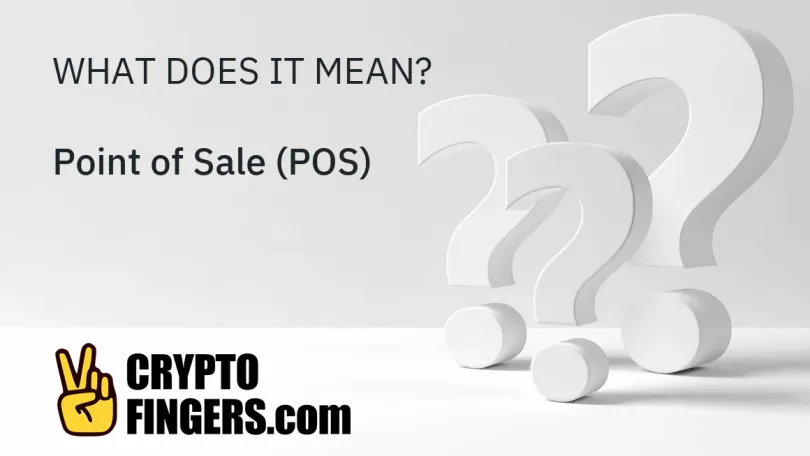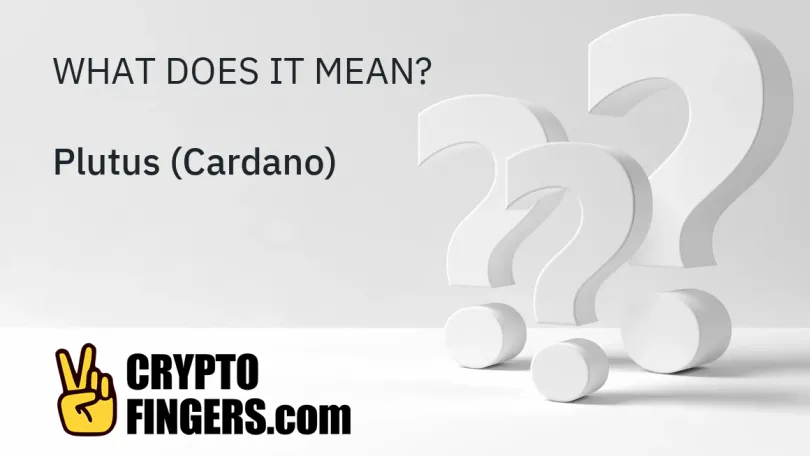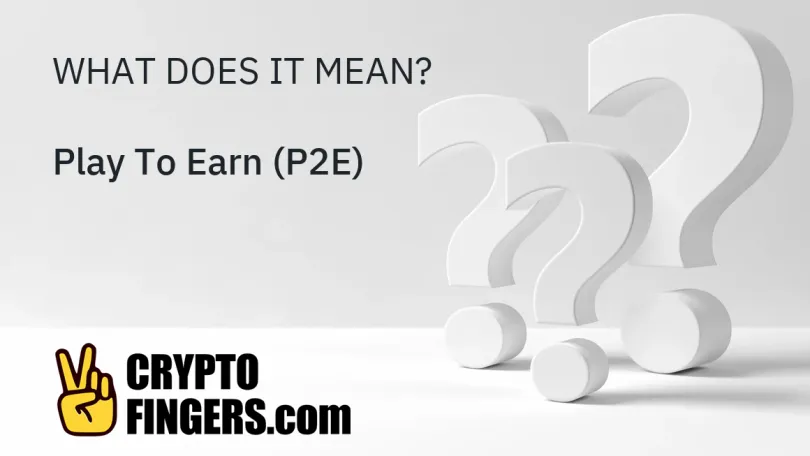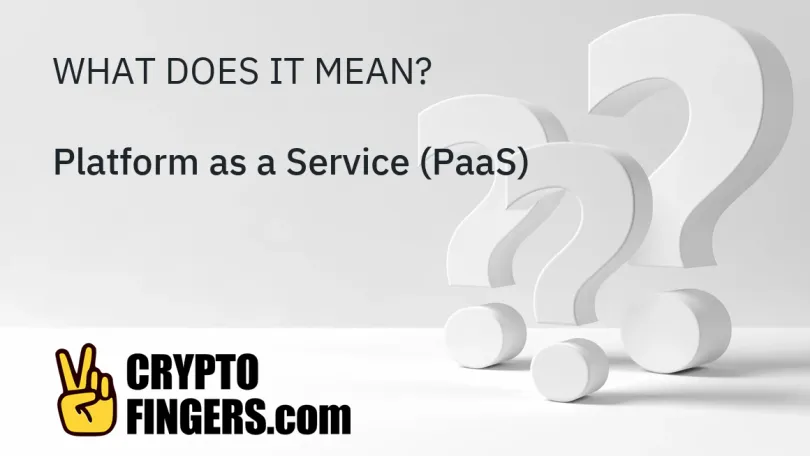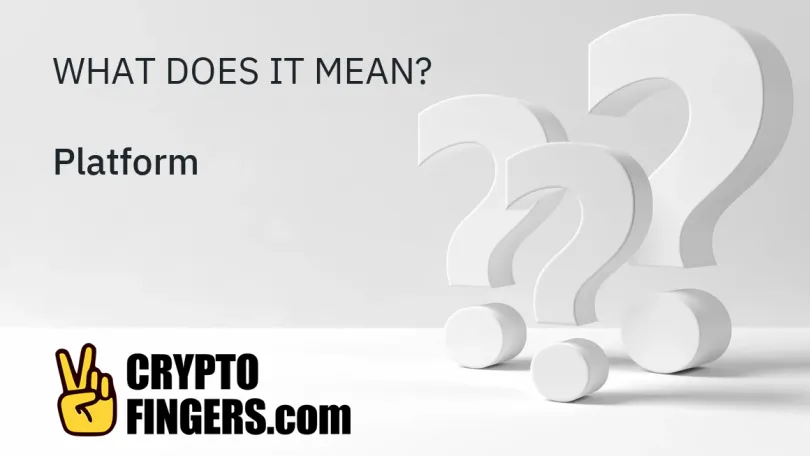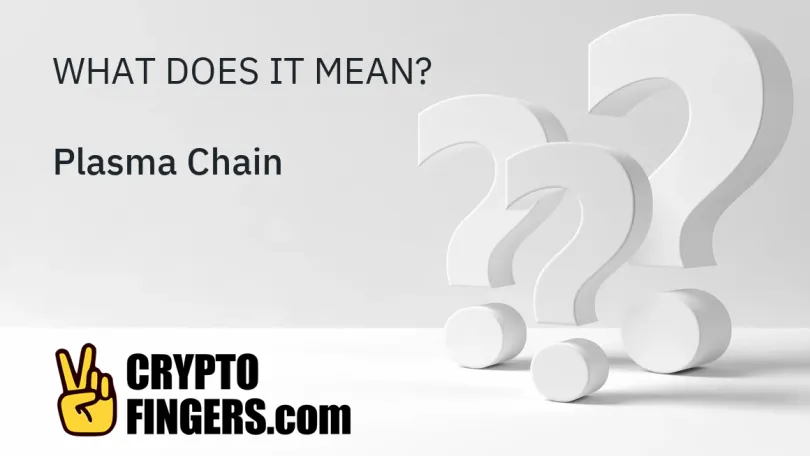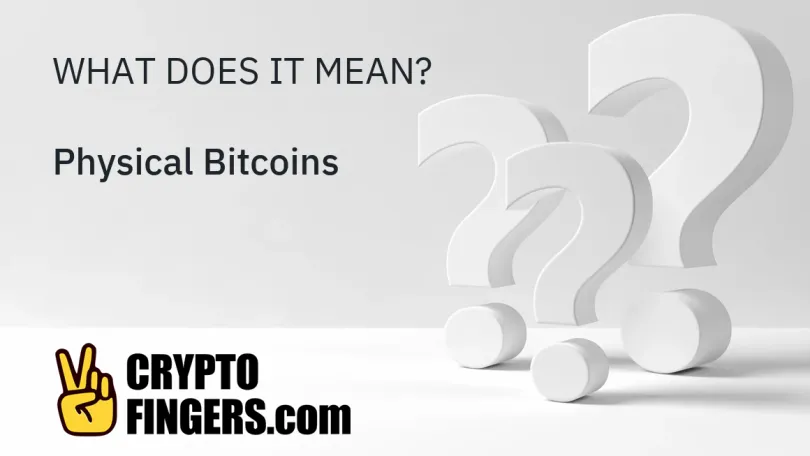⁝⁝⁝
Articles by Daniel Rivera
Polkadot is a decentralized blockchain network protocol designed to allow independent blockchain networks to connect and transfer data between one another through cross-chain interoperable..
Politeia is an off-chain, structured governance system implemented by Decred with the goal of fostering an environment of open communication. Politeia is designed to encourage users to share..
Point of sale (POS) can refer to the physical or virtual location of a customer's purchase of an item, or the actual physical point-of-sale device (typically a special handheld or stationary..
The Plutus platform is a smart contract development platform designed by IOG and the Cardano blockchain ecosystem. Plutus smart contracts consist of both on-chain computerized code that runs..
Play to earn (P2E) describes a type of gaming whereby users earn incentivized rewards by participating in ongoing gameplay. Typically, play-to-earn gaming allows players to earn in-game..
Platform as a Service (PaaS) or Application Platform as a Service (aPaaS) is a specific category of cloud computing infrastructure similar to Software as a Service (SaaS) that allows..
A blockchain platform usually refers to any type of distributed blockchain network that can be used to develop, create, and run applications or other related technology on top of it..
A plasma chain is an off-chain, Layer-2 scaling solution. A plasma chain is simply a specific type of non-custodial sidechain through which users may withdraw their funds and revert back..
Plaintext is an information format that refers to unformatted text in a computer environment that can be understood or deciphered by an individual or computer-based software system..
Typically physical metal coins (that are designed to look like Bitcoin) that have a private key hidden under a tamper-proof sticker or hologram, physical bitcoins can be purchased pre-loaded..
⁝⁝⁝
Trending news
- Artificial Intelligence (AI)
- Altcoins
- Bitcoin
- DeFi
- Ethereum
- Economy
- Market and Events
- Metaverse
- Mining
- NFT
- Regulation
- Web3
- show less
⁝⁝⁝ Test your knowledge














